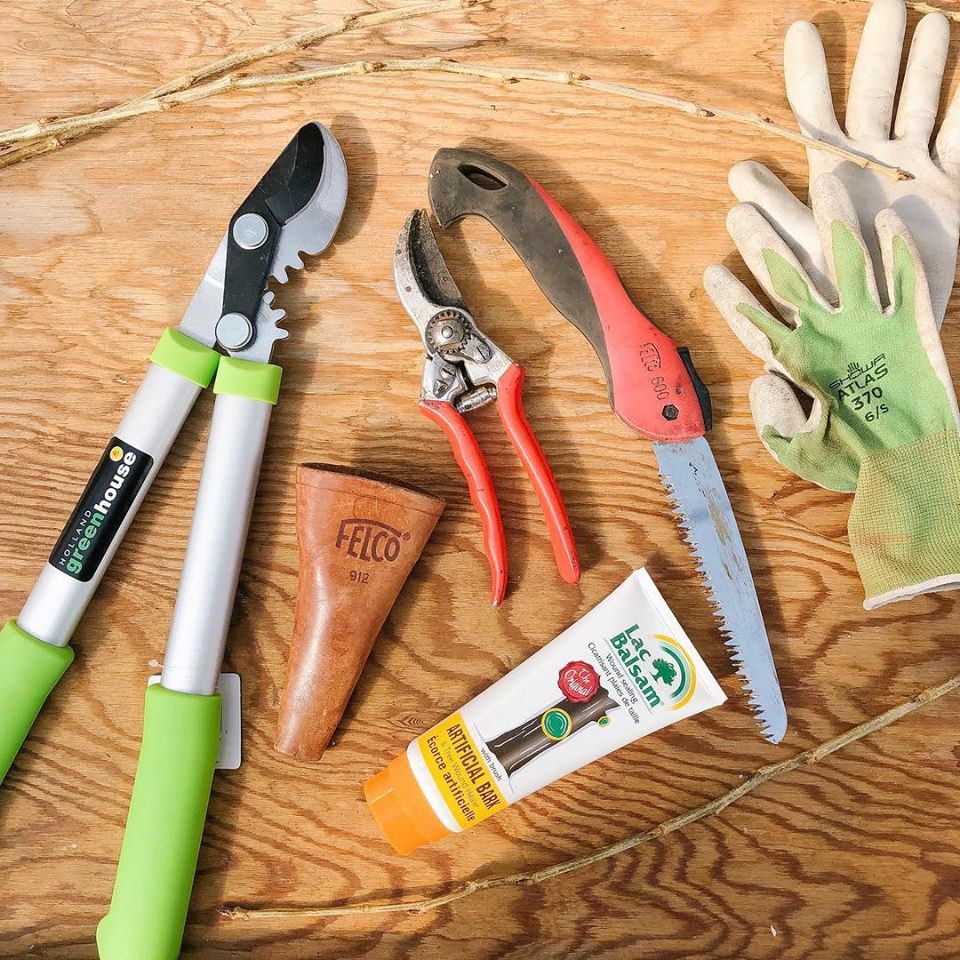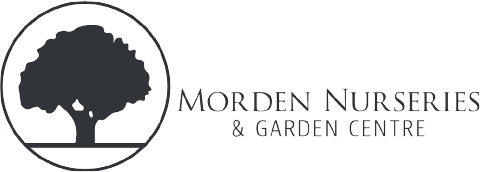
Careful pruning will enhance the appearance and improve the health of most trees and shrubs.
Pruning helps trees develop a strong framework, which can bear the load of fruit and resist damage from windstorms or heavy snow.
Pruning is also necessary to remove diseased, damaged and dead wood, to get rid of sprouts and suckers, to prevent crowding in the tree’s center, to renew old trees, to produce more flowers and fruit (figure 6) and to control the growth of the overall size.
Repair broken branches or cut out diseased wood at any time of the year, but follow these guidelines to do your annual pruning:
- Spring – flowering trees and shrubs should be pruned shortly after they are finished blooming and after they have leafed out.
- Summer – flowering trees and shrubs should be pruned in late winter to early spring, before leaves appear.
- Evergreens can be pruned while they are actively growing in late spring and early summer.
- Birch and maples should be in full leaf. July would be best.
- All other trees and shrubs should be pruned while they are dormant in late winter to early spring before the leaves open.
Whenever you cut a branch it promotes the sap to flow and forces out new growth. Stop pruning in early August to allow growth to slow down in preparation for winter. Keep tools clean and sharp. Make cuts as clean and neat as possible. Dull tools cause rough cuts that are more susceptible to disease. Remove branches by cutting them off flush along the natural branch collar.
Do not leave stubs that may not heal. Clean tools between each use with a mild solution of bleach and water.
When planting bare-root stock, any broken or badly dried roots should be cut back. A deciduous tree should have its top reduced to correspond with the reduction of the root system. To thin out the top, remove the weaker branches completely, cutting them out at the junction. In cases where branches need to be cut back to produce symmetry, the cut should be made just above a bud that points in the desired direction.
Quick Tips for Pruning Trees
- Cut out damaged, dead or diseased branches any time you notice them. (The 3 D’s!)
- Where two branches closely parallel or overhang each other, remove the least desirable.
- Branches should be thinned out enough to permit the entrance of sun and air.
- Make close, clean cuts.
- Prune regularly. Trees which are given some attention each year are more easily kept in good condition.
- Do not remove a branch unless there is a good reason for doing so. Leaves of a tree are the food-manufacturing organs, and if the leaf area is reduced unnecessarily the tree will be reduced in growth.
Eco-Turf Blend
The Ultimate Low Maintenance Lawn
- Grows in full sun, part shade, and even deep shade!
- Slash your water bills
- Reduce your mowing time or don’t mow at all
- Eliminate fertilization
- Reduce your carbon footprint
- Save time and money
- Specially formulated for a Greener World
Eco-Turf is a premium blend of 4 carefully selected fine fescue grasses. It produces a healthy, thick green lawn with minimal care. Eco-Turf Blend is highly drought tolerant, once established, and has a beautiful green colour.



